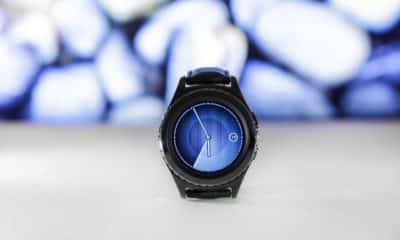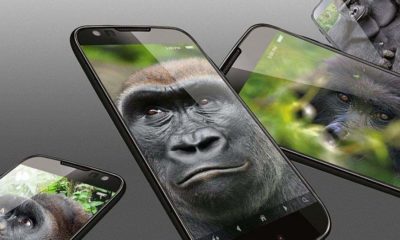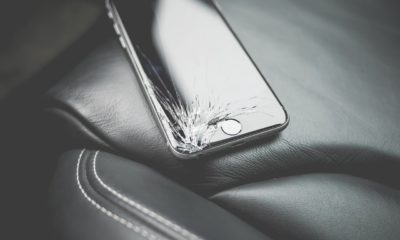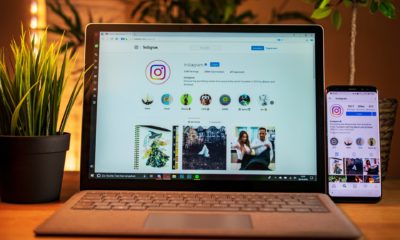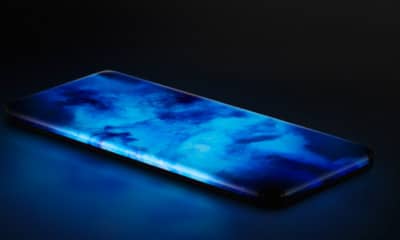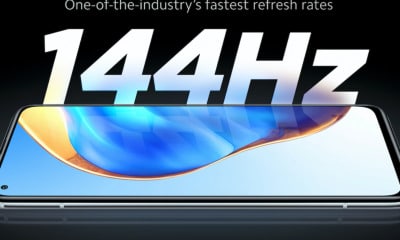Phones
Can Hydrogel Creen Protector Affect Picture Quality?
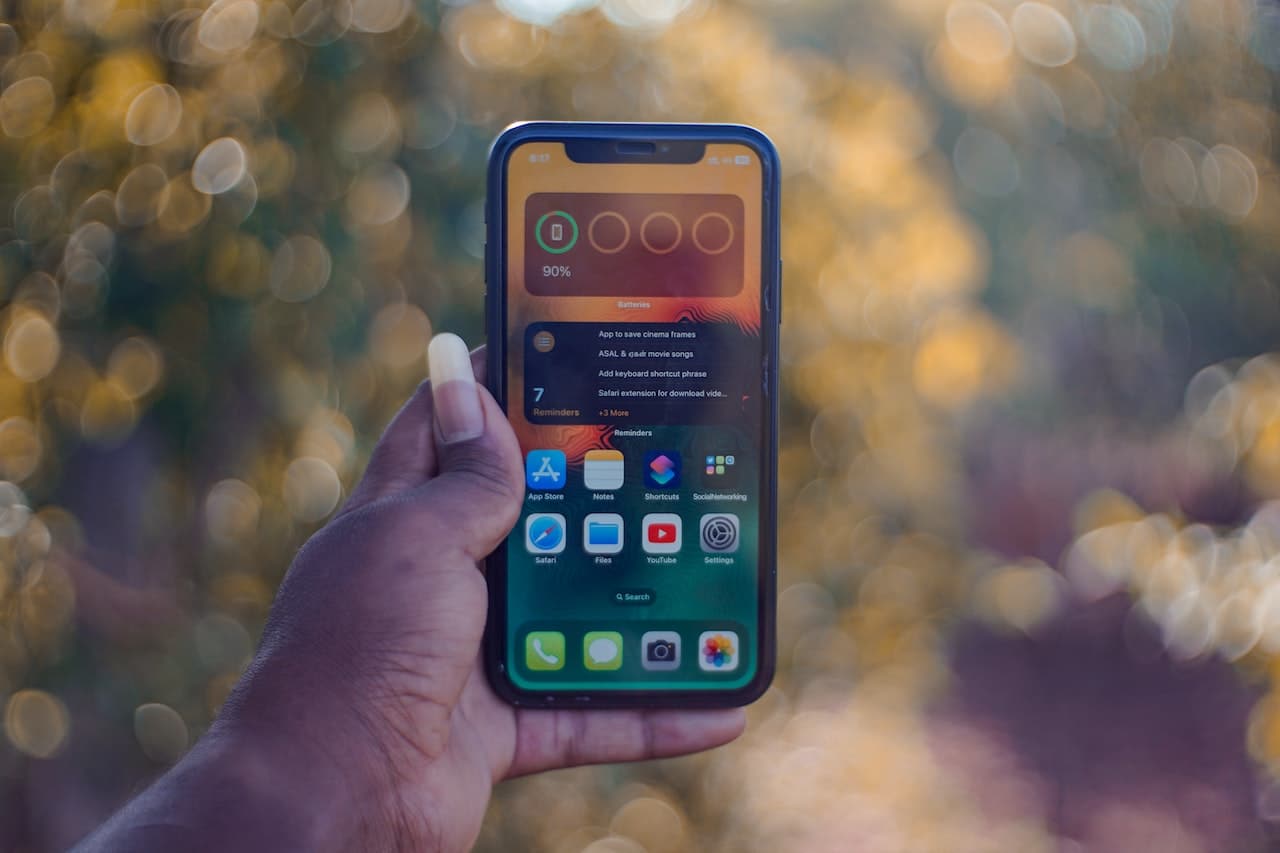
In a world increasingly defined by screens, the quality of the images and visuals we interact with has never been more important. Whether you’re capturing memories through photographs, streaming your favorite show, or navigating your phone’s user interface, the clarity and precision of your display significantly enhance your experience. To protect these valuable screens from scratches, drops, and daily wear, many people turn to screen protectors. Among the most innovative and popular in recent years are hydrogel screen protectors. But does using a hydrogel screen protector affect picture quality? In this article, we’ll delve deep into this question, providing you with comprehensive insights.
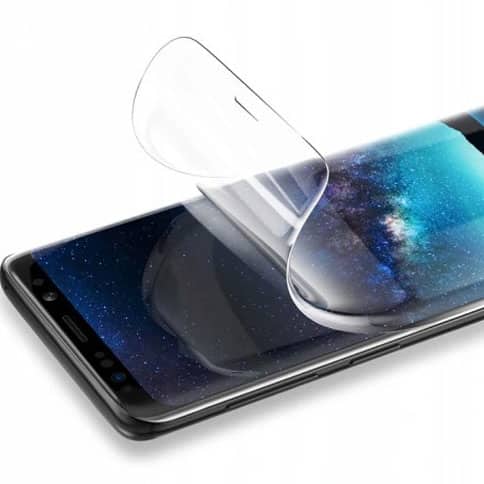
Understanding Hydrogel Screen Protectors
A hydrogel screen protector is a type of screen protector designed to provide maximum protection for your device’s screen without compromising touch sensitivity. The name ‘hydrogel’ stems from the fact that these protectors are made from a type of polymer that loves water – they’re soft, flexible, and closely mimic the feel of your original screen.
Hydrogel protectors have become increasingly popular due to several key attributes. First, they are incredibly durable. Unlike tempered glass protectors that can shatter or plastic ones that may scratch, hydrogel protectors are highly resilient and resist damage effectively. Second, they have self-healing capabilities. Minor scratches and dents on the protector’s surface can gradually disappear over time. Finally, they’re ultra-thin and flexible, which means they can wrap around the curved edges of modern smartphones providing full coverage protection.
One of the other significant advantages of hydrogel protectors is their transparency. This feature means that, in theory, they should not interfere with picture quality. But does this hold up in practice?
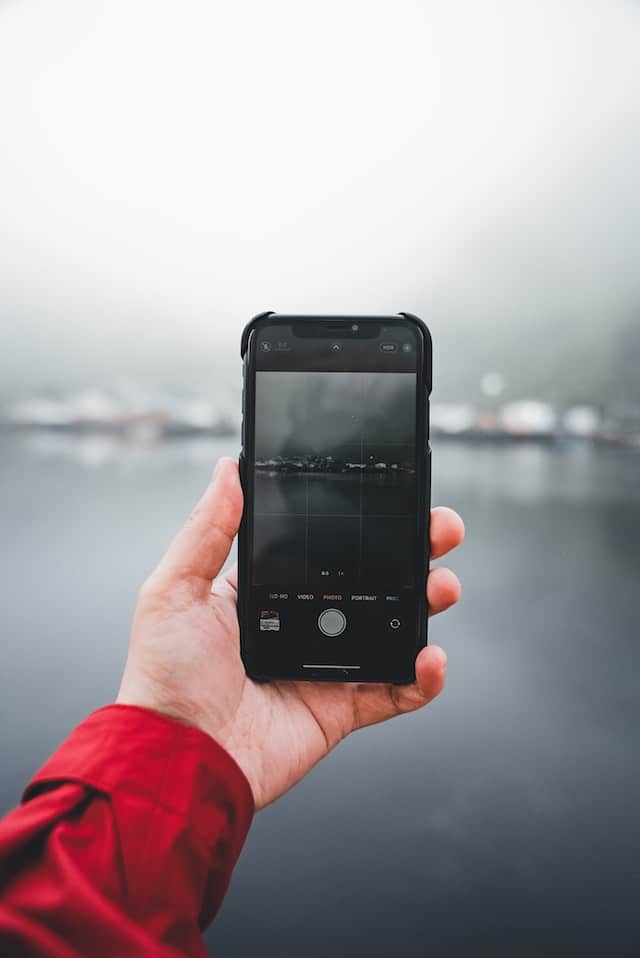
Hydrogel Screen Protectors and Picture Quality
When it comes to assessing if a hydrogel screen protector can affect picture quality, we need to consider a few factors.
Firstly, let’s discuss transparency. Hydrogel screen protectors are manufactured to be highly transparent, allowing the maximum amount of light to pass through. Theoretically, this should mean that the protector does not impact the display quality of the screen. However, real-world experiences might slightly differ. Depending on the quality of the hydrogel protector and its application, you might notice some minor differences, such as a slight loss in brightness or contrast.
Secondly, the thickness of the protector can play a role. While hydrogel screen protectors are ultra-thin – often only a fraction of a millimeter thick – they do add an additional layer over your screen. In most instances, this minimal increase in thickness won’t impact the display quality, but in specific scenarios, like viewing the screen from an angle, it may cause minor distortion.
Finally, the application process is critical. Improper application can lead to bubbles or dust trapped between the screen and the protector, which can undeniably affect picture quality. This underscores the importance of correctly applying the protector to avoid such issues.
Comparing Hydrogel Screen Protectors with Other Types
To fully understand the potential impact of a hydrogel screen protector on picture quality, it’s helpful to compare it with other types of screen protectors: tempered glass and TPU (Thermoplastic Polyurethane).
Tempered glass screen protectors are popular because of their hardness and feel, which closely mimics the original glass screen. They are generally crystal clear, and so, unless improperly installed, they do not degrade picture quality. However, they can shatter upon impact and often do not offer edge-to-edge protection due to their rigidity.
On the other hand, TPU protectors are flexible and durable, similar to hydrogel ones, but they are usually thicker and might affect touch sensitivity. Their impact on picture quality can vary, but typically, they are less clear than hydrogel and tempered glass, which may result in a slight reduction in screen brightness and color vibrancy.
When compared to these alternatives, hydrogel screen protectors provide a good balance between protection, feel, and maintenance of picture quality. They are more flexible than tempered glass, offering better coverage, and typically clearer than TPU protectors, ensuring a good viewing experience.
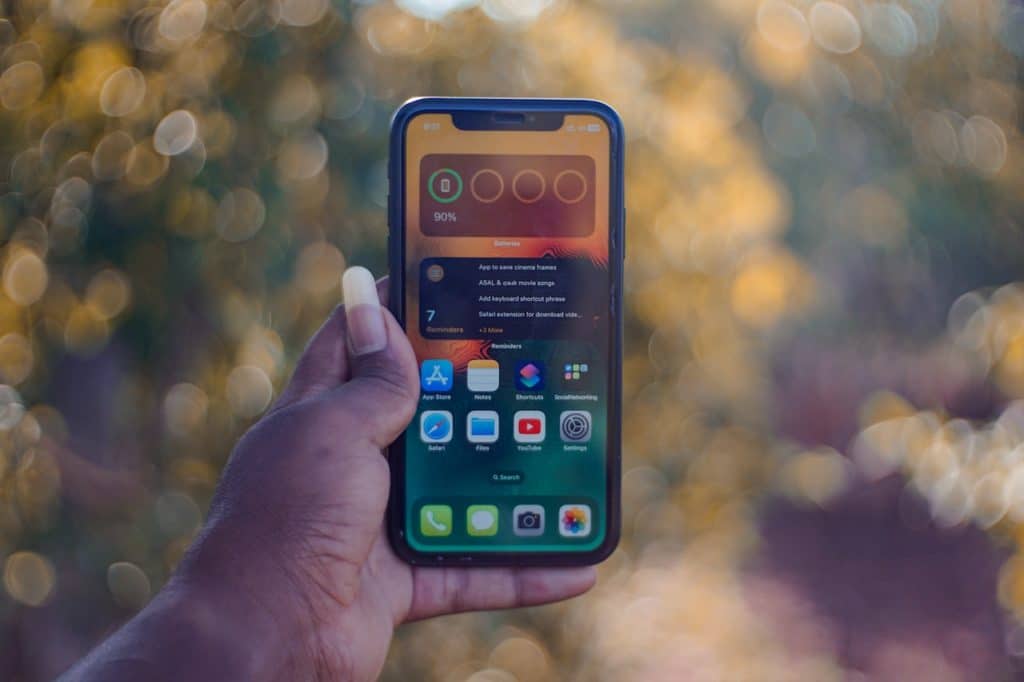
Practical Tips for Maintaining Picture Quality with a Hydrogel Screen Protector
Now that we’ve established that a hydrogel screen protector can, under certain conditions, affect picture quality, let’s explore some tips to ensure you get the most out of your protector:
- Proper Installation: The importance of this cannot be overstated. Follow the manufacturer’s instructions closely to ensure a bubble-free application. Most hydrogel screen protectors come with an application kit and instructions to guide you.
- Clean Regularly: Over time, dust and smudges on the surface of your screen protector can degrade picture quality. Regular cleaning using a microfiber cloth can help maintain clarity.
- Quality Matters: Not all hydrogel screen protectors are created equal. Ensure you’re purchasing a high-quality product. Check reviews and consider brands with a good reputation for quality screen protectors.
- Replace when Necessary: Even with self-healing properties, deep scratches on your protector might not disappear completely and can distort your screen’s image. If your protector is extensively damaged, it may be time to replace it.
Conclusion
Navigating the world of screen protectors can be a bit daunting given the range of options available. However, understanding how these protectors, especially the increasingly popular hydrogel variety, impact your device’s display quality is critical.
While the design of hydrogel screen protectors theoretically allows for minimal impact on picture quality, certain factors such as transparency, thickness, and the application process can potentially influence your viewing experience. Compared to other types like tempered glass and TPU protectors, hydrogel ones strike a reasonable balance between protection, usability, and image quality preservation.
That said, the impact of a hydrogel screen protector on your picture quality will be largely determined by proper installation and maintenance. Ensuring a bubble-free application, regular cleaning, and timely replacement can help maximize the quality of your display.
In conclusion, while a hydrogel screen protector may have some influence on picture quality under specific circumstances, the overall impact is typically minimal and often outweighed by the protection it offers. By taking the proper steps, users can enjoy the benefits of a protected screen without significant compromise on picture quality.
-

 Business5 months ago
Business5 months agoBest Technology Companies To Work For: 10 Top Picks For You
-

 Business5 months ago
Business5 months agoLatest Developments In Artificial Intelligence: 5 Best Breakthroughs
-

 Development and Hacking4 months ago
Development and Hacking4 months agoEmerging Technologies In Cyber Security: Full Guide In 2025
-

 Phones4 months ago
Phones4 months agoFind My Phone Using Google Account: Full How To Guide (5 Steps)
-

 Business4 months ago
Business4 months agoBest Tech Cities In The US: 7 Opportunities You Shouldn’t Miss Out
-

 Phones3 months ago
Phones3 months agoFind Samsung Phone: 6 Great Ways To Find Lost Or Stolen Device
-

 Phones2 months ago
Phones2 months agoAll Google Apps: Ultimate Guide For The Most Useful Ones (2025)
-

 Phones2 months ago
Phones2 months agoSwitch From iPhone To Android: 7 Reasons For Switching Sides

